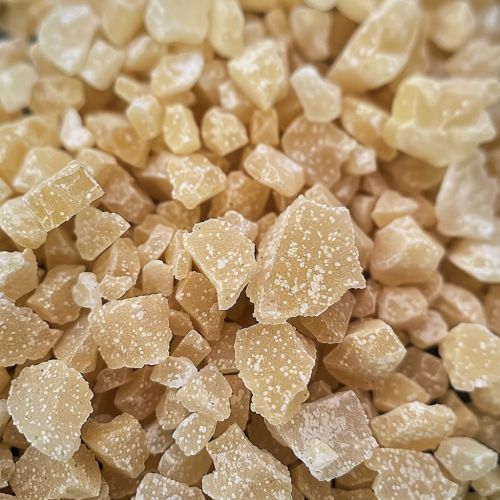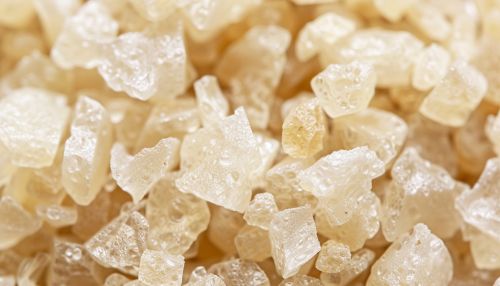Polyacrylamide
Introduction
Polyacrylamide (PAM) is a synthetic, high molecular weight polymer of acrylamide. It is a versatile material with a wide range of applications in various industries such as water treatment, papermaking, enhanced oil recovery, textile, sugar, coal washing, metallurgy, geology, agriculture, and soil conservation.


Chemistry
Polyacrylamide is formed by the polymerization of acrylamide, a process that involves the formation of long, repeating chains of acrylamide units. The polymerization process can be initiated using various methods, including free radical polymerization, ionic polymerization, and Ziegler-Natta polymerization. The resulting polyacrylamide can exist in various forms, including linear chains and cross-linked networks, depending on the polymerization conditions and the presence of cross-linking agents.
Properties
Polyacrylamide is a white, crystalline, water-soluble polymer. It is non-toxic, non-corrosive, and non-flammable. It has excellent film-forming, adhesive and thickening properties. It is highly absorbent, capable of absorbing up to several hundred times its weight in water. This property makes it useful in a variety of applications, including as a soil conditioner, in wastewater treatment, and in the production of soft contact lenses.
Applications
Water Treatment
In water treatment, polyacrylamide is used as a flocculating agent. It helps to aggregate suspended solids in water, allowing them to be more easily removed. This is particularly useful in the treatment of industrial wastewater, where it can help to remove harmful substances and reduce the overall volume of sludge.
Papermaking
In the papermaking industry, polyacrylamide is used as a retention aid, helping to improve the efficiency of the papermaking process. It helps to retain fine particles and fillers within the paper, improving its strength and quality.
Enhanced Oil Recovery
Polyacrylamide is also used in enhanced oil recovery (EOR). It is injected into oil wells to increase the viscosity of the water, improving its ability to displace oil from the reservoir and thus increasing the amount of oil that can be recovered.
Other Applications
Other applications of polyacrylamide include its use in the textile industry as a sizing agent and in the sugar industry as a flocculant. It is also used in coal washing to improve the efficiency of the washing process, and in agriculture as a soil conditioner to improve water retention and reduce erosion.
Environmental Impact
While polyacrylamide itself is non-toxic, it is made from acrylamide, which is a neurotoxin and a suspected carcinogen. Therefore, the use and disposal of polyacrylamide must be carefully managed to prevent the release of acrylamide into the environment. In addition, the high absorbency of polyacrylamide can cause it to form a gel when it comes into contact with water, which can block waterways and harm aquatic life.
